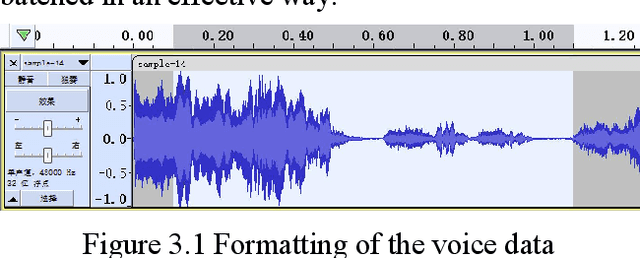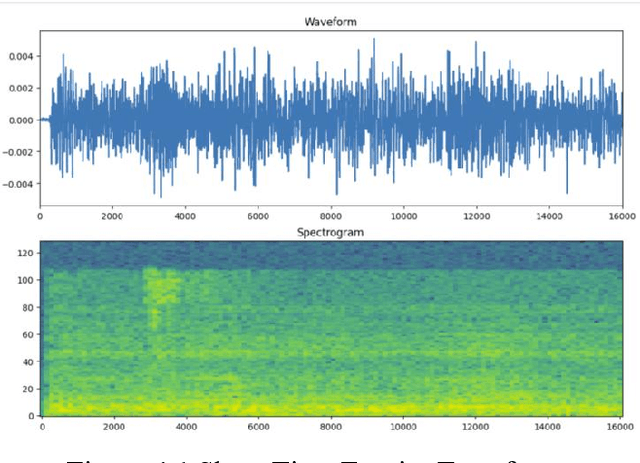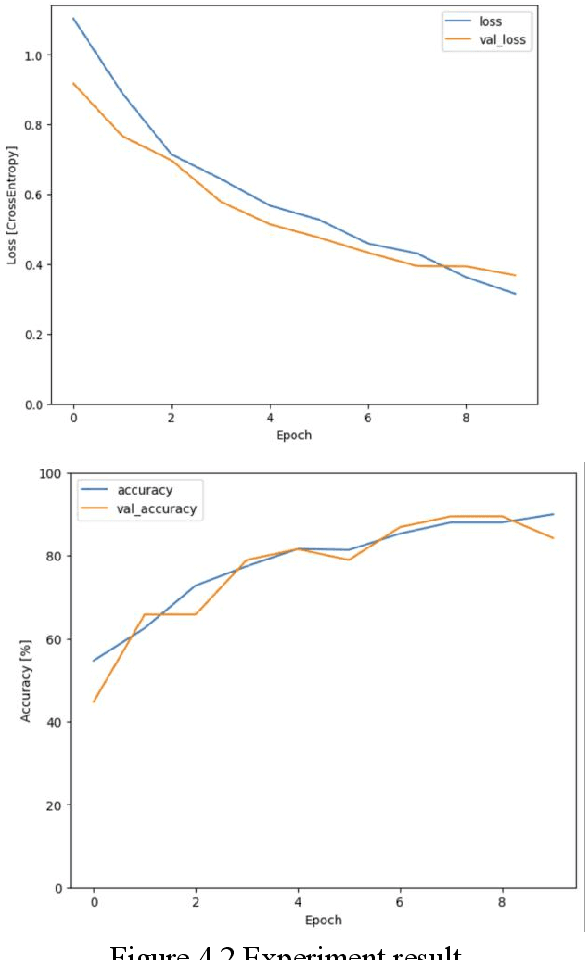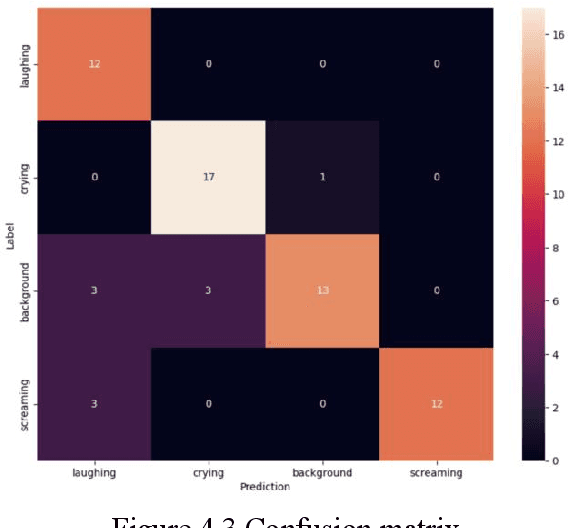Jiuqi Yan
Study for Performance of MobileNetV1 and MobileNetV2 Based on Breast Cancer
Aug 06, 2023

Abstract:Artificial intelligence is constantly evolving and can provide effective help in all aspects of people's lives. The experiment is mainly to study the use of artificial intelligence in the field of medicine. The purpose of this experiment was to compare which of MobileNetV1 and MobileNetV2 models was better at detecting histopathological images of the breast downloaded at Kaggle. When the doctor looks at the pathological image, there may be errors that lead to errors in judgment, and the observation speed is slow. Rational use of artificial intelligence can effectively reduce the error of doctor diagnosis in breast cancer judgment and speed up doctor diagnosis. The dataset was downloaded from Kaggle and then normalized. The basic principle of the experiment is to let the neural network model learn the downloaded data set. Then find the pattern and be able to judge on your own whether breast tissue is cancer. In the dataset, benign tumor pictures and malignant tumor pictures have been classified, of which 198738 are benign tumor pictures and 78, 786 are malignant tumor pictures. After calling MobileNetV1 and MobileNetV2, the dataset is trained separately, the training accuracy and validation accuracy rate are obtained, and the image is drawn. It can be observed that MobileNetV1 has better validation accuracy and overfit during MobileNetV2 training. From the experimental results, it can be seen that in the case of processing this dataset, MobileNetV1 is much better than MobileNetV2.
Detection of Children Abuse by Voice and Audio Classification by Short-Time Fourier Transform Machine Learning implemented on Nvidia Edge GPU device
Jul 27, 2023



Abstract:The safety of children in children home has become an increasing social concern, and the purpose of this experiment is to use machine learning applied to detect the scenarios of child abuse to increase the safety of children. This experiment uses machine learning to classify and recognize a child's voice and predict whether the current sound made by the child is crying, screaming or laughing. If a child is found to be crying or screaming, an alert is immediately sent to the relevant personnel so that they can perceive what the child may be experiencing in a surveillance blind spot and respond in a timely manner. Together with a hybrid use of video image classification, the accuracy of child abuse detection can be significantly increased. This greatly reduces the likelihood that a child will receive violent abuse in the nursery and allows personnel to stop an imminent or incipient child abuse incident in time. The datasets collected from this experiment is entirely from sounds recorded on site at the children home, including crying, laughing, screaming sound and background noises. These sound files are transformed into spectrograms using Short-Time Fourier Transform, and then these image data are imported into a CNN neural network for classification, and the final trained model can achieve an accuracy of about 92% for sound detection.
 Add to Chrome
Add to Chrome Add to Firefox
Add to Firefox Add to Edge
Add to Edge